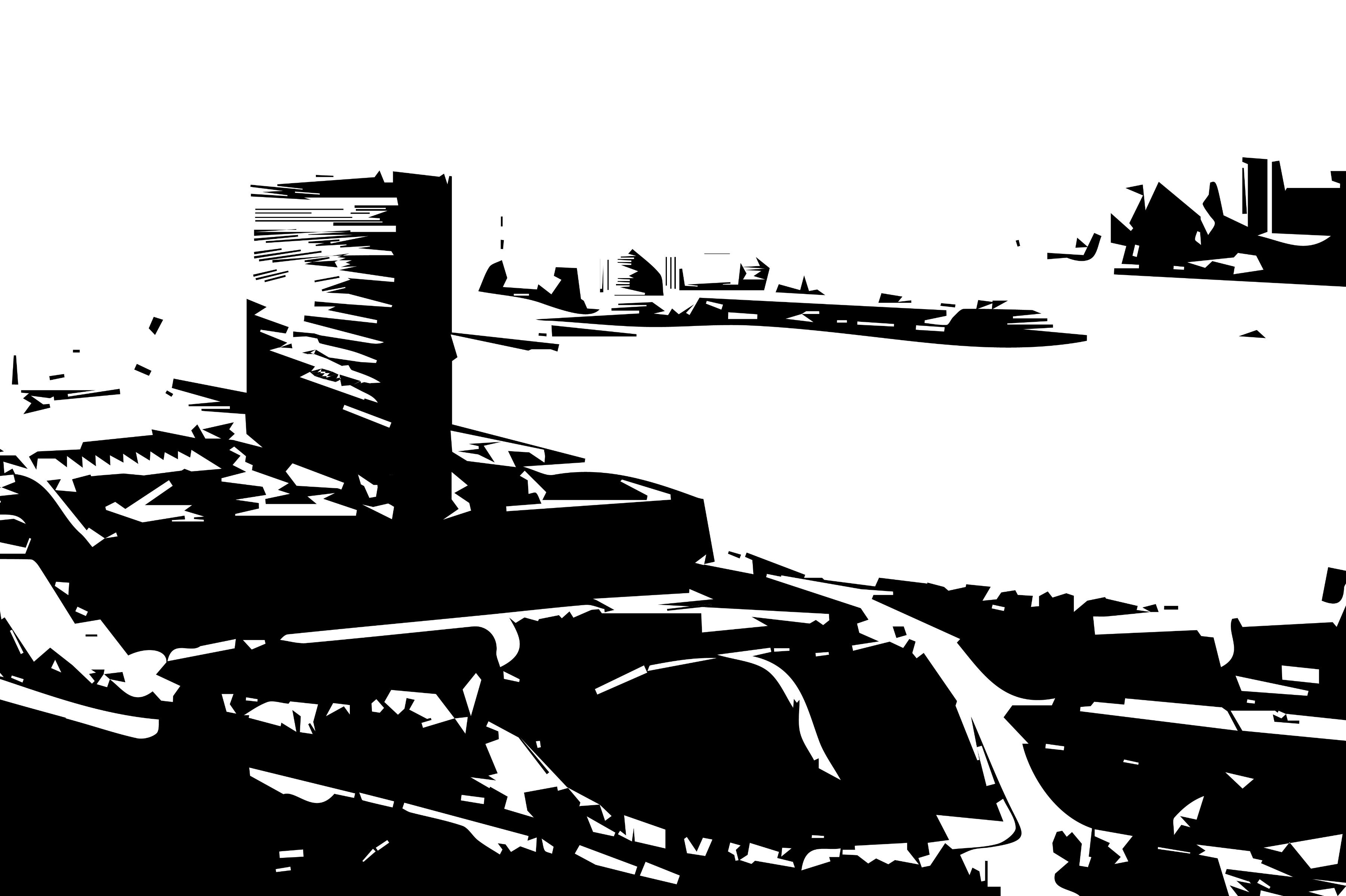Opening and Dilemma
China Wants to Make a Mark With M+
Opening and Dilemma
China Wants to Make a Mark With M+

Asia’s first global museum of contemporary visual culture in Hong Kong. Photo: Virgile Simon Bertrand
Asia’s first global museum of contemporary visual culture in Hong Kong. Photo: Virgile Simon Bertrand

Asia’s first global museum of contemporary visual culture in Hong Kong. Photo: Virgile Simon Bertrand
It is a project of superlatives that has now reached its conclusion in Hong Kong. But it can also be described as the starting point of a new era. With the new M+ museum, which opened its doors in November after more than ten years of planning, Hong Kong claims to be the epicenter of the Southeast Asian art scene.
One can assume that China is serious. So far, the development of Chinese museum culture has been far from keeping pace with the development of the Chinese economy. This is especially true if one compares China with Korea and Singapore. China believes it has now set a milestone with the M+. The M+ is supposed to be a Chinese Tate Modern.
Design, architecture, art and film - all this will be housed in the architecturally ambitious building, directly on the harbor. The plan is to overcome the separation of genres common in other museums. However, the real attraction is to come from the museum's collection, which comprises some 6,000 works.
As a prestigious object of the first rank, the museum building naturally met high standards. Therefore, the building was designed by the Swiss architectural firm Herzog & de Meuron. Anyone driving into Hong Kong harbor will find it hard to miss the new museum: The architects have set a bar that looks like a large flat screen above a podium. The building has a radical, monumental, and impressive effect on the viewer. It has 17,000 square meters of exhibition space and 33 halls, as well as auditoriums, foyers, and libraries. The facades are clad with terracotta tiles. They reflect light, water, and clouds.
The opening was about to be a bang for the buck: Directors Suhanya Raffel and Doryun Chong started big - with six exhibitions. The Sigg Collection in particular caused a sensation. Part of the collection was a photo series by Ai Weiwei, in which he gives the middle finger to institutions of power. Among them is not only Trump Tower in New York, but also Tiananmen Square in Beijing. It is not surprising that accusations were made. Weiwei was spreading hatred against China, for example. However, when the image of the work was removed from the website, accusations were raised from abroad because censorship was apparently at work again.
The dilemma is indicative of the conflicts that directors Suhanya Raffel and Doryun Chong will continue to face in the future. Art is good when it is free. But how can that be done in a country where the "National Security Law" sets the tone? It may be that the attacks against Ai Weiwei are seen in the wrong context. Supposedly, one hears, the criticism of Ai Weiwei's photo series comes from isolated, ultra-conservative backworlders and does not express the general mood in Hong Kong. One can only wish it for the museum.